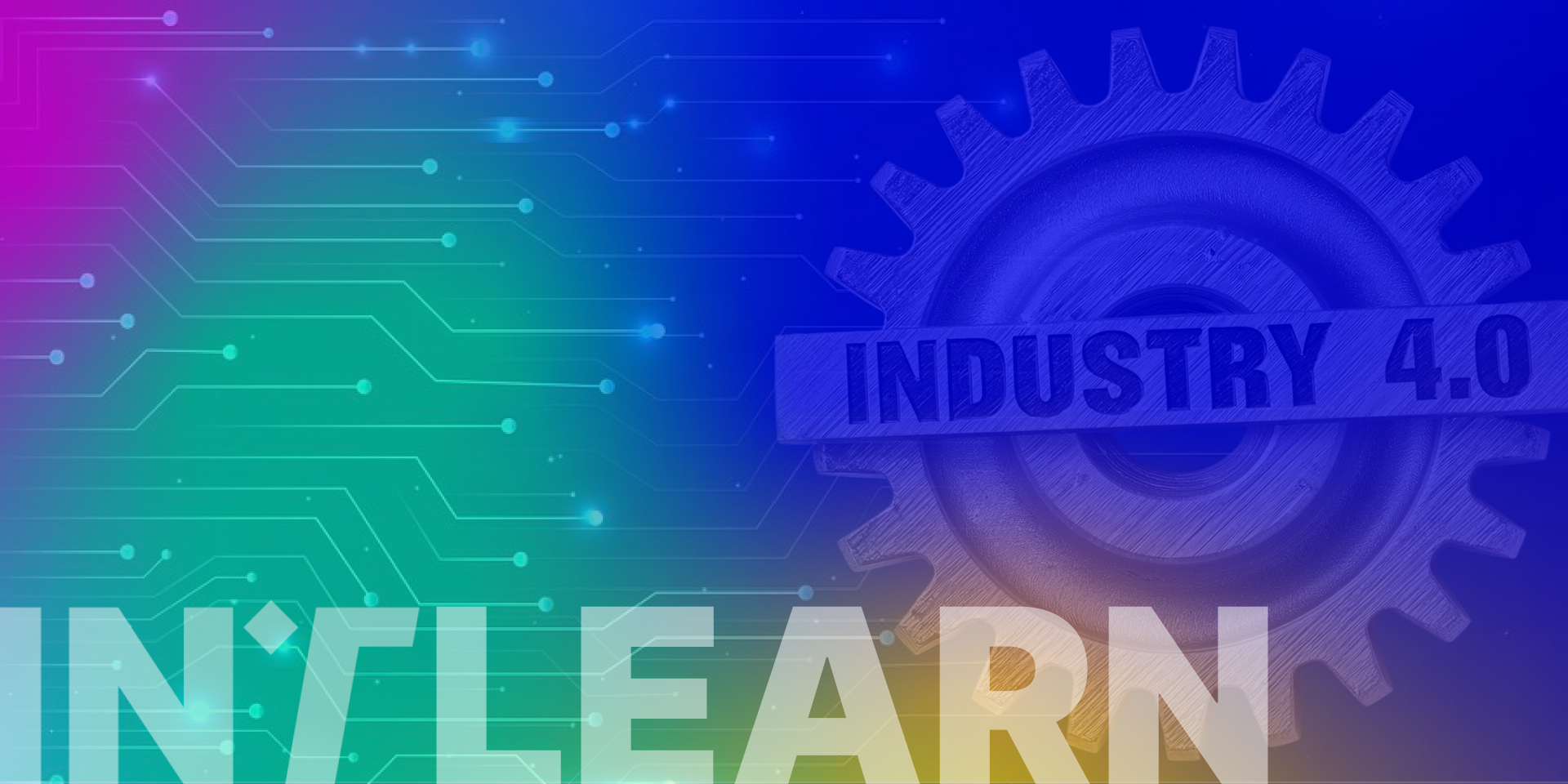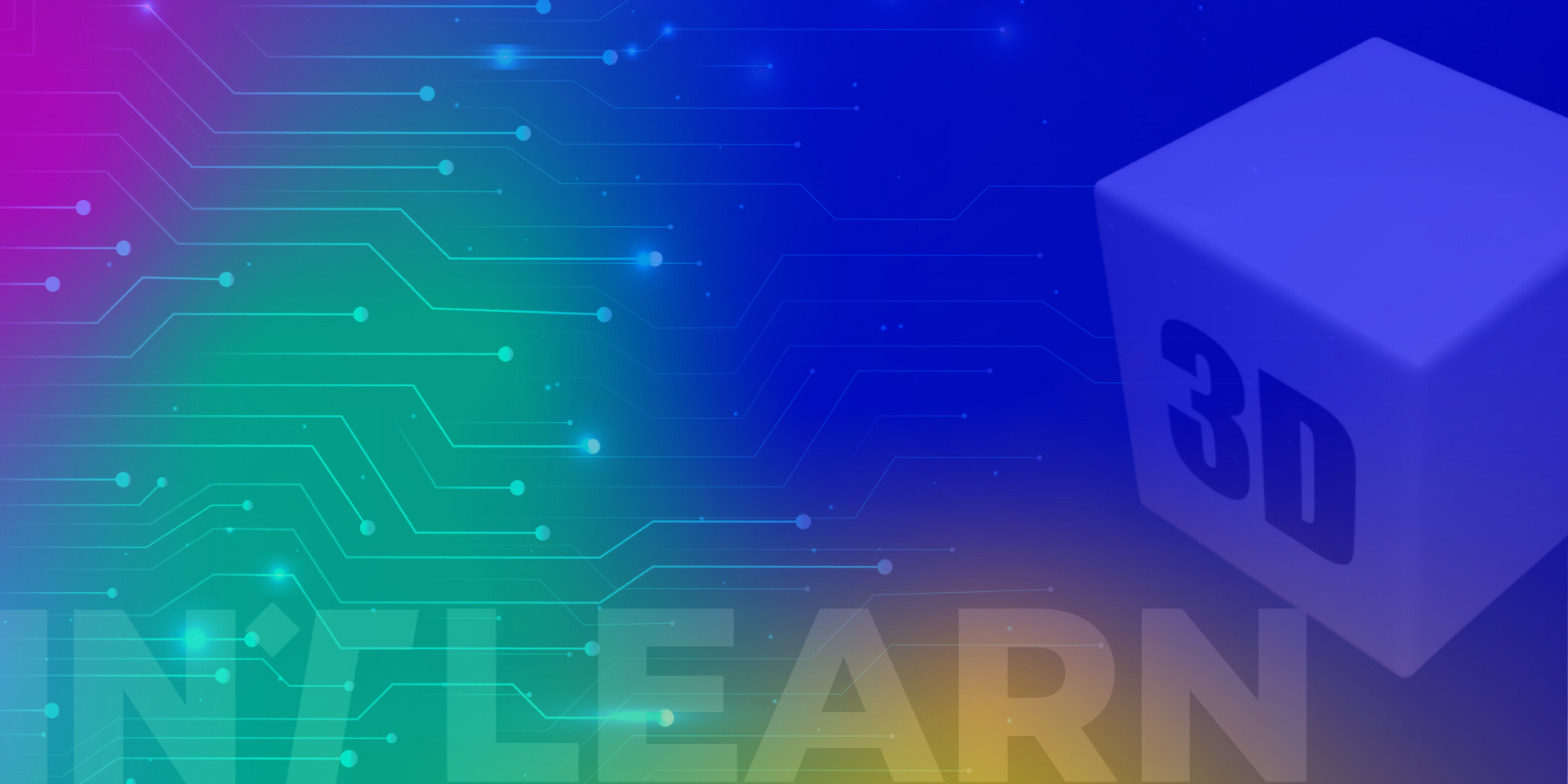Functionality and history about Industry 4.0
Industry 4.0: also defined as the “Fourth Industrial Revolution,” describes the digital transformation of the manufacturing sector over the last decade, characterized by the integration of advanced technologies such as the Internet of Things (IoT), Artificial Intelligence (AI), and robotics. The history about Industry 4.0 is a process that has led to greater automation, efficiency, flexibility, and competitiveness in manufacturing.
FUNCTIONALITY
Industry 4.0 is not defined by a single technology but by the fluid integration of a wide range of systems, tools, and innovations.
Among the fundamental characteristics of Industry 4.0 is the interconnection of devices, sensors, and production systems, which, integrated into a network, allow for real-time data collection and exchange. This combines with advanced automation, where robots and intelligent machines perform complex and repetitive tasks, significantly improving efficiency.
A crucial role is played by Artificial Intelligence and data analysis, with algorithms that process large volumes of information to optimize processes, predict failures, and refine the supply chain. Additive manufacturing, thanks to 3D printing, enables rapid and personalized production of complex components, while cloud computing ensures secure data storage, processing, and sharing.
Finally, cyber-security is fundamental for protecting sensitive information and company assets.
These fundamental technologies, including the Industrial Internet of Things (IIoT) for real-time vision of operations, robotics with its cobots for human-machine collaboration and predictive maintenance for optimization and quality control, are integrated with each other.
To these technological tools are added Virtual Reality (VR), useful for immersive design, training, and remote maintenance, and Augmented Reality (AR), which improves efficiency and safety.
The advantages and impacts of this transformation are numerous, ranging from strong operational efficiency, with better resource allocation and reduced downtime, to sustainability, thanks to optimized energy consumption. The ability to make data-driven decisions in real-time leads to quick and precise choices, also allowing for greater product customization in response to customer demands. In a competitive market, Industry 4.0 offers a significant advantage, improving productivity and the ability to anticipate trends.
HISTORY
The First Industrial Revolution occurred in the early 1800s with the invention of the steam engine, reducing dependence on animal and human labor. This historical period is considered to have inaugurated the era of precision manufacturing and engineering.
The Second Industrial Revolution was dated to the late 1800s, thanks to the widespread use of petroleum and electricity. These allowed for the creation and use of leaner machinery, leading to the birth of the assembly line and mass production.
During the Third Industrial Revolution, in the mid-20th century, the advent of computers led to the initial development of factory automation, robotics, and early computerized business systems for data management and analysis.
Today, we are experiencing the Fourth Industrial Revolution, where information is the primary driver of manufacturing. Artificial Intelligence (AI) is at the heart of this transformation, enabling companies to collect vast amounts of real-time data and analyze it for strategic decisions.
INDUSTRY 5.0
The main objective of Industry 5.0 is to integrate human creativity with the opportunities presented by modern technologies. A key priority is also environmental sustainability within companies and the use of human resources in an innovative context.
The technologies that are part of Industry 5.0 are mainly Artificial Intelligence and collaborative robotics, technologies capable of changing the relationship between man and machine.
Industry 5.0 is an action plan incentivized in Italy as part of the Transition 5.0 plan.
These initiatives encourage various industrial sectors to use new technologies, not as a replacement for manual labor but as an amplifier of human capabilities.





